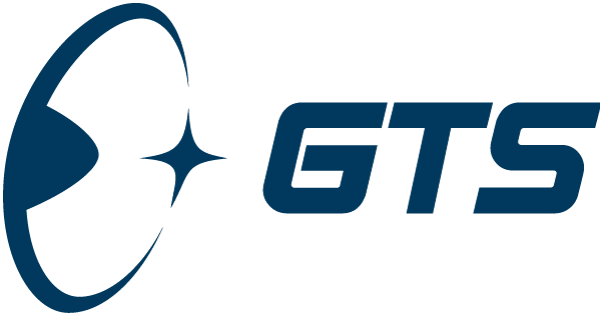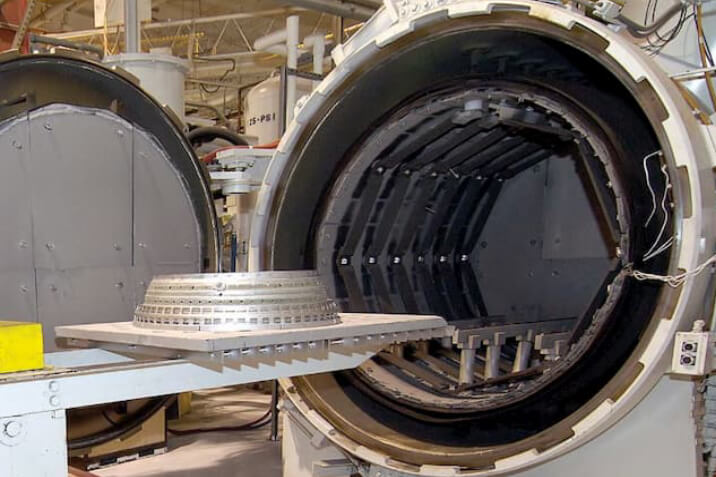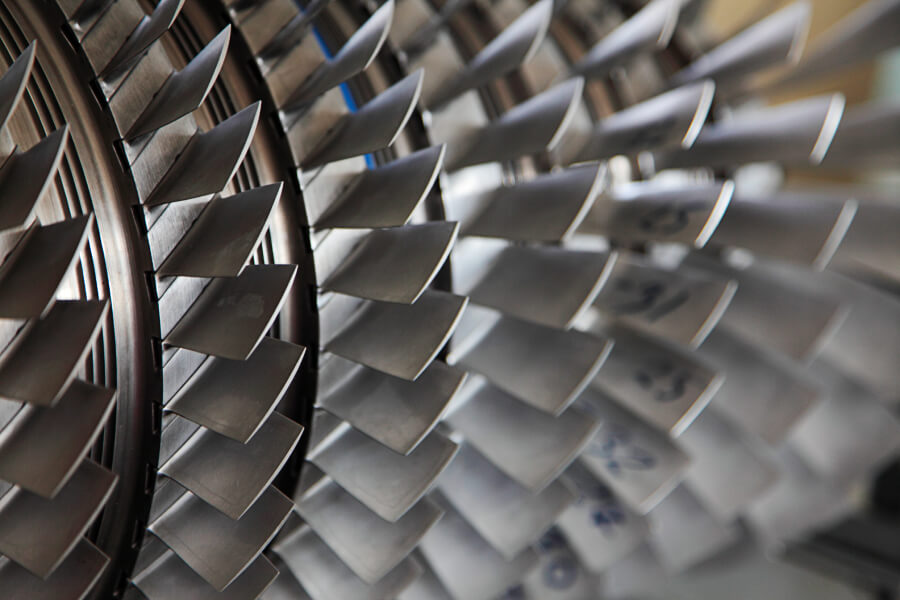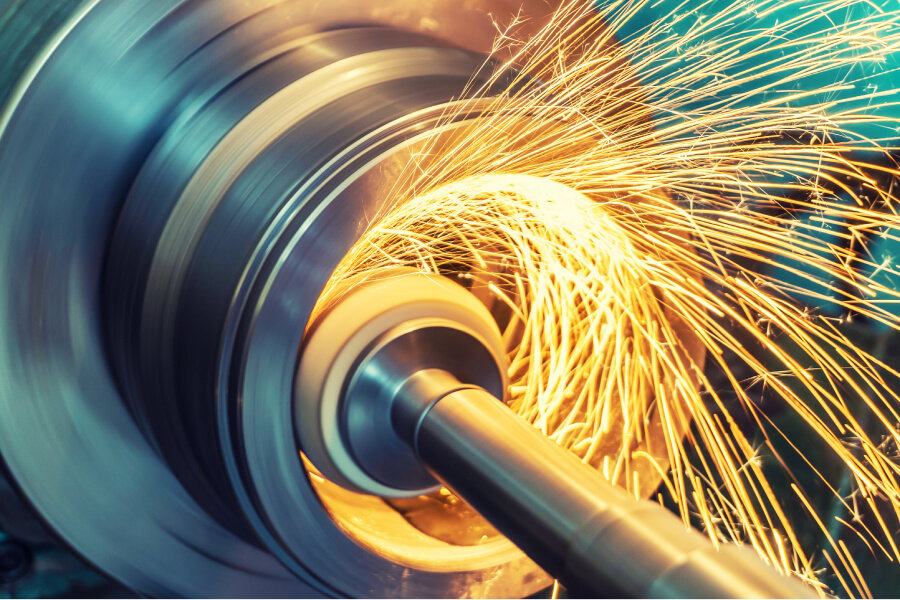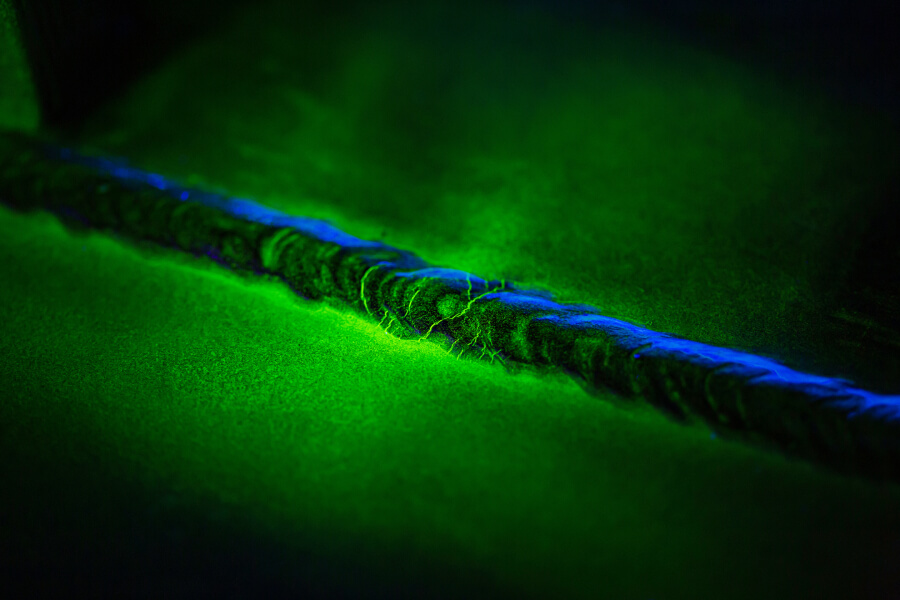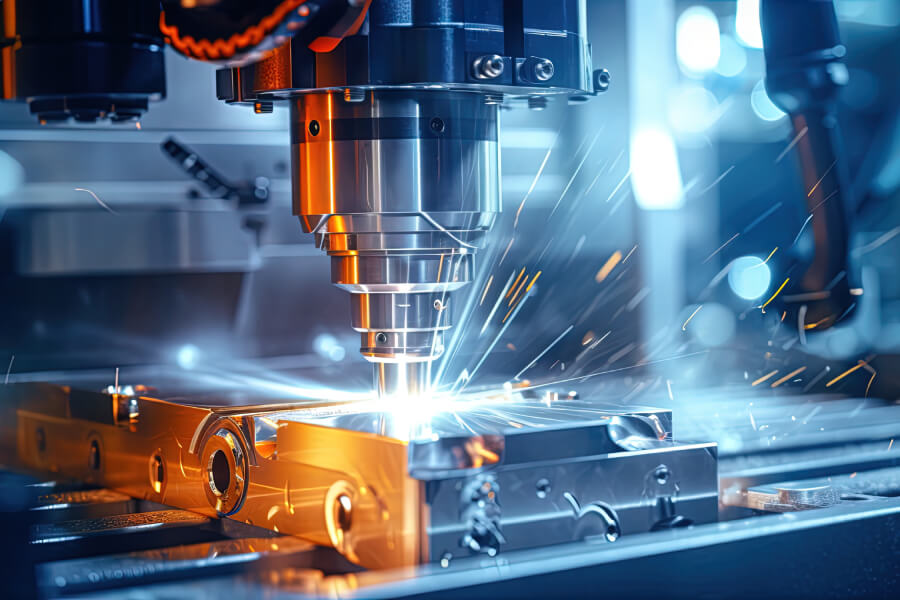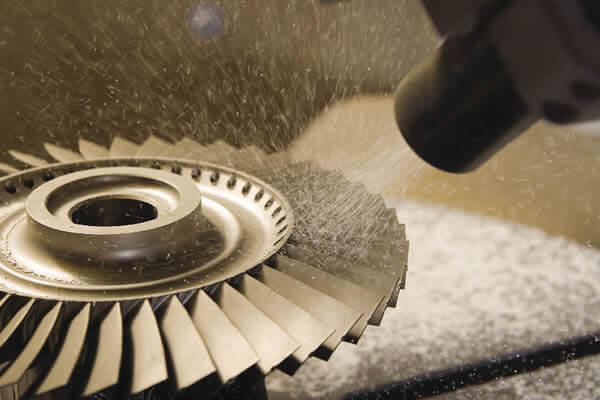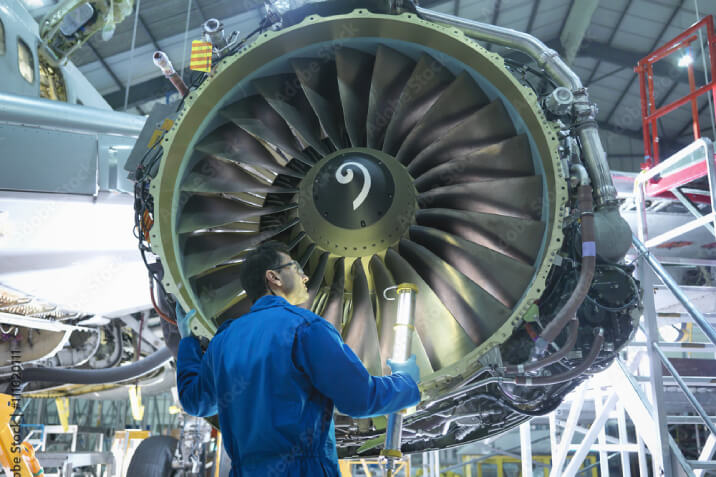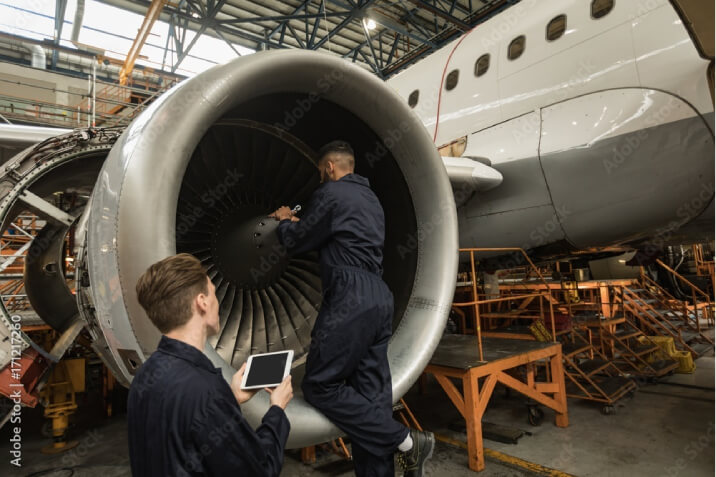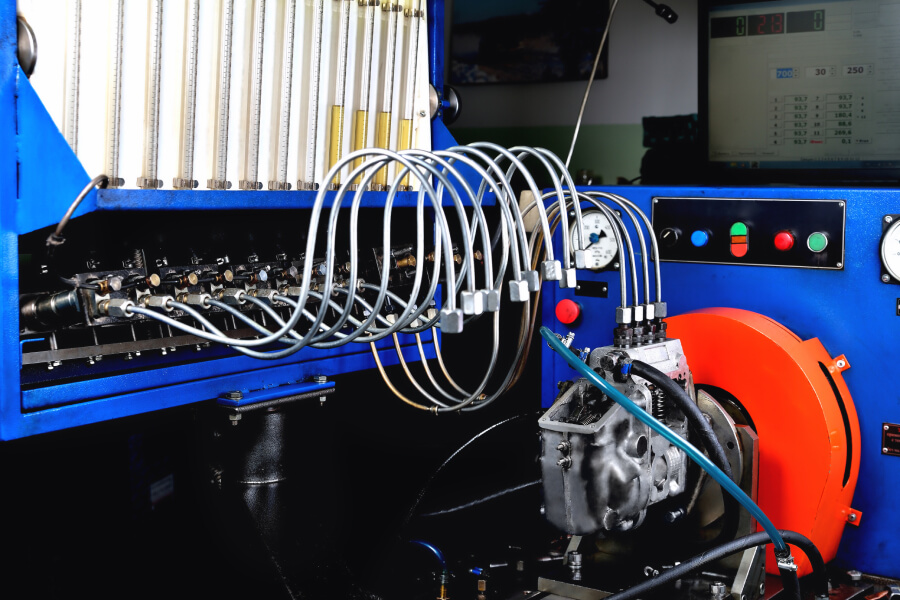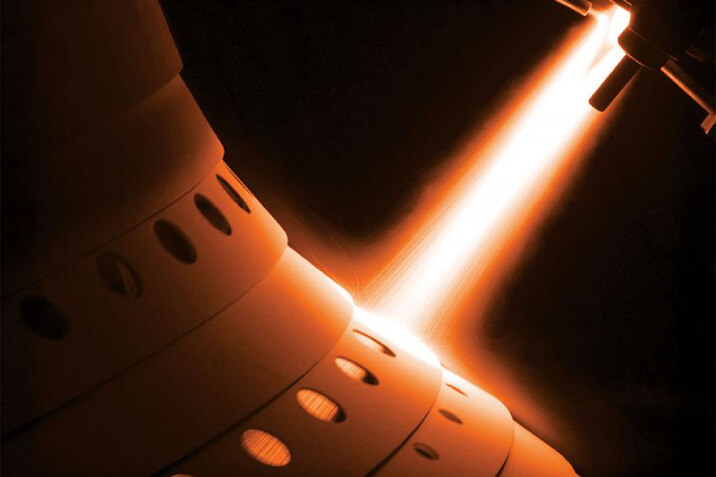Engine borescope blending refers to a specific maintenance and repair technique used in the aerospace industry, particularly for aircraft engines. This process involves the use of a borescope, which is a specialized optical instrument, to inspect and repair the internal surfaces of engine components, such as turbine blades and other critical parts.
Here are the key steps and details involved in engine borescope blending:
- Borescope Inspection:
- A borescope is a flexible, tube-like instrument equipped with a light source and a camera. It is inserted into the engine through access points to visually inspect the internal components without disassembling the entire engine.
- The borescope allows maintenance personnel to examine the condition of turbine blades, combustion chambers, and other critical components for signs of damage, wear, or foreign object debris.
- Blending Procedure:
- If damage or imperfections are identified during the borescope inspection, blending may be necessary. Blending involves the removal or smoothing out of imperfections on the surfaces of components, particularly on turbine blades.
- The process is called "blending" because it often involves carefully grinding or smoothing the damaged area to restore the aerodynamic profile and integrity of the affected component.
- Precision and Tolerance Considerations:
- Engine components operate in extreme conditions, and precise tolerances are crucial for optimal performance. During the blending process, technicians must carefully control the amount of material removed to ensure that the component remains within specified tolerances.
- Material Compatibility:
- The materials used in aircraft engines, such as high-strength alloys and coatings, require specialized techniques and tools during blending. Technicians must be knowledgeable about the materials and coatings to avoid compromising the structural integrity of the components.
- Quality Control:
- Rigorous quality control measures are implemented throughout the blending process. This may involve using precision measuring instruments to verify the dimensions of the blended area and ensuring that the repaired component meets specified standards.
- Documentation:
- Detailed documentation is crucial for borescope blending procedures. Technicians record the findings from the borescope inspection, details of the blending process, measurements, and any other relevant information. This documentation is essential for traceability and regulatory compliance.
Borescope blending is a valuable technique as it allows for targeted repairs without the need for complete disassembly of the engine. This minimizes downtime and reduces overall maintenance costs. However, it requires skilled technicians with expertise in both borescope inspection and precision blending to ensure the safety and reliability of the aircraft engine. The process is typically performed by specialized maintenance, repair, and overhaul (MRO) facilities or technicians trained by the engine manufacturer.
